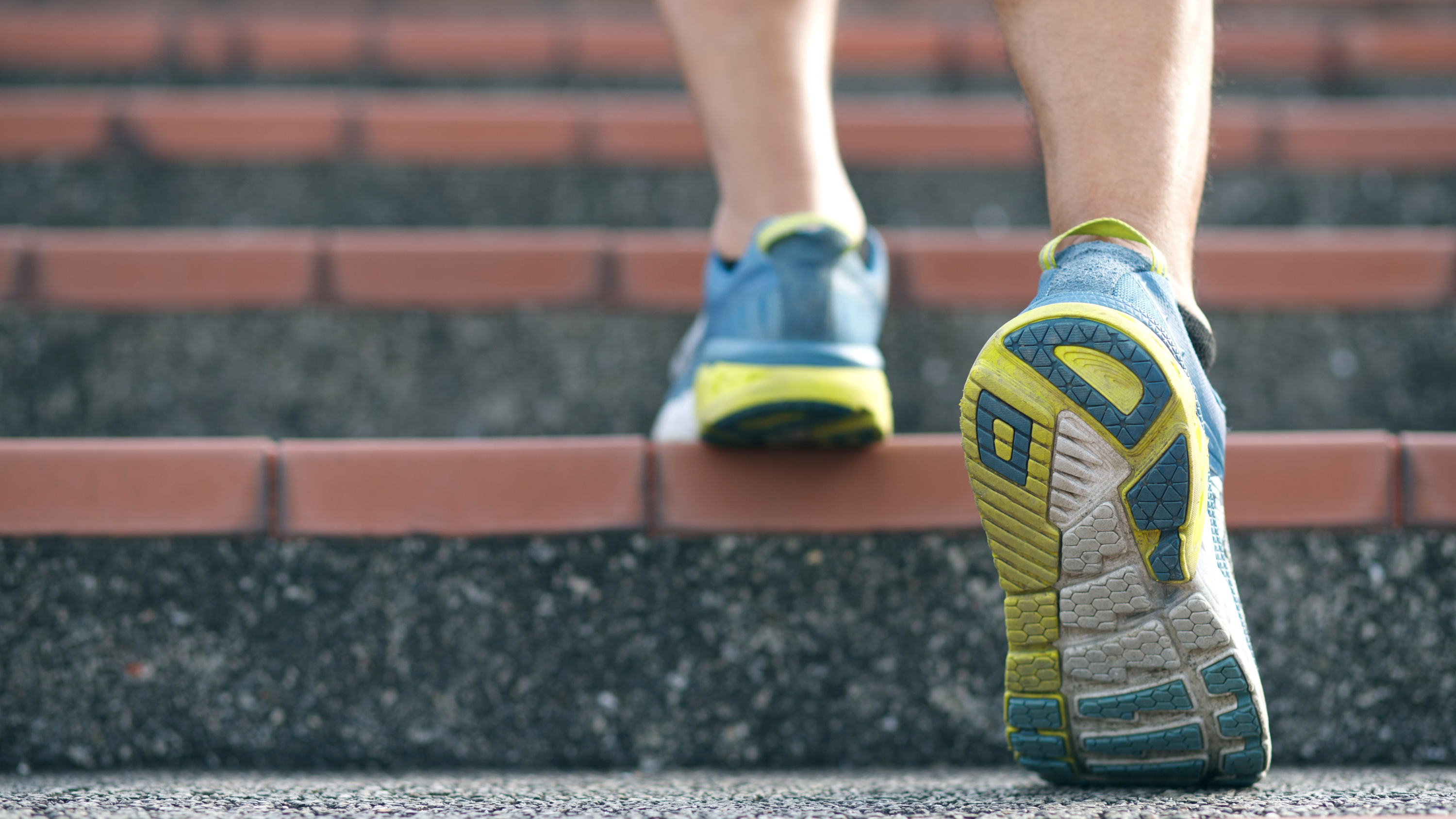
I’ve always liked to stay active and walking with my dog has always been an easy way for me to avoid too much sedentary time, which comes with a job in journalism. I try to keep my daily step count above 8,000, regardless of work or other commitments.
Although I walk for low-impact functional fitness, which includes maintaining bone and muscle strength and boosting cardiovascular fitness, I have been doing it more for building mental stamina over the last few months. Physically, I could still get in the gym and lift heavy weights, but mentally, I couldn’t.
For that reason, I created a walking workout that I follow several days a week, and it's made me fall back in love with movement again. It feels doable and combines walks with a type of resistance training. Here’s the routine to try — and it only takes 30 minutes.
What is the 30-minute walking workout?
The weather is turning, so if you don’t fancy taking this routine outdoors, you could opt for one of the best treadmills instead. That said, a review published in Science Advances suggests walking in nature gets endorphins flowing and reduces feelings of anxiety. If, like me, you want to boost your mood and can get outside, I would recommend doing so.
During the 30-minute routine, you will mix intensities, which mimics a workout style known as fartlek training, involving changes between walking, jogging and running. The idea is to build endurance, but for this routine, I play with walking speeds so that you can shift between intensities and energy demands without running.
Power walking means walking at a pace usually between 4-5.5 mph. If you have one of the best fitness trackers, it could be useful; otherwise, use RPE (rate of perceived exertion, or how you feel) to judge your pace instead.
- Interval 1: Power walk for 2.5 minutes, then walk slowly (think conversational pace) for 1 minute
- Interval 2: Power walk for 3.5 minutes, walk for 1 minute, then rest for 1 minute
- Interval 3: Power walk for 5.5 minutes, then walk for 2.5 minutes, then rest for 90 seconds
- Interval 4: Power walk for 7 minutes, walk for 3 minutes, then rest for 2 minutes.
If you want an extra challenge, add an incline. On a treadmill, this is simple to do, but outdoors, it takes a bit more planning. I live in a hilly suburb in London, so I had plenty of hills to use. I saved the uphills for my power walks, then declines or flat roads for rest or slow walking.
Get instant access to breaking news, the hottest reviews, great deals and helpful tips.
What are the benefits?

30 minutes of power walking can do wonders for your body; simply increasing your pace has been found by researchers to be more important than counting your steps. If you don’t fancy going for the full power walk, even a brisk walk can increase intensity and heart rate, building a stronger heart and set of lungs.
Incline walking engages the back body, working your lower back, hamstrings, calves and glutes harder as you climb. Regardless, walking works your glutes, legs, core and hip muscles, building lower-body strength and loading your bones using your own weight.
If you are experienced with lifting weights and prefer more resistance, I can help. Personally, I opted for a weighted vest or light ankle or wrist weights when I felt more energetic and in need of a sweat. Just don't run with them on, as this overloads the joints and could cause injury over time.
However you choose to approach the workout, it's the perfect way to burn calories and boost your metabolism more than the average walk if you don't have time for the gym.
During the slower walks and rests, focus on long and slow breaths to bring your heart rate down. Aim to keep your arms roughly 90 degrees and pump them back and forth to help drive you uphill, standing tall and avoiding overstriking by shortening your cadence. Finally, engage your core and stand tall. Hunching will prevent you from breathing properly or bracing your stomach muscles..
Follow Tom's Guide on Google News and add us as a preferred source to get our up-to-date news, analysis, and reviews in your feeds. Make sure to click the Follow button!
More from Tom's Guide
Follow Tom's Guide on Google News to get our up-to-date news, how-tos, and reviews in your feeds. Make sure to click the Follow button.
- Forget running and swimming — study finds this sport adds 10 years to your life
- I thought power walking was weird — here's what happened when I tried it 30 minutes a day for one week
- No Weights Needed: Build Strength and Tone in Just 20 Minutes with This 5-Move Routine

Sam Hopes is a level 3 qualified trainer, a level 2 Reiki practitioner and fitness editor at Tom's Guide. She is also currently undertaking her Yoga For Athletes training course.
Sam has written for various fitness brands and websites over the years and has experience across brands at Future, such as Live Science, Fit&Well, Coach, and T3.
Having coached at fitness studios like F45 and Virgin Active and personal trained, Sam now primarily teaches outdoor bootcamps, bodyweight, calisthenics and kettlebells.
She also coaches mobility and flexibility classes several times a week and believes that true strength comes from a holistic approach to training your body.
Sam has completed two mixed doubles Hyrox competitions in London and the Netherlands and finished her first doubles attempt in 1:11.
You must confirm your public display name before commenting
Please logout and then login again, you will then be prompted to enter your display name.
